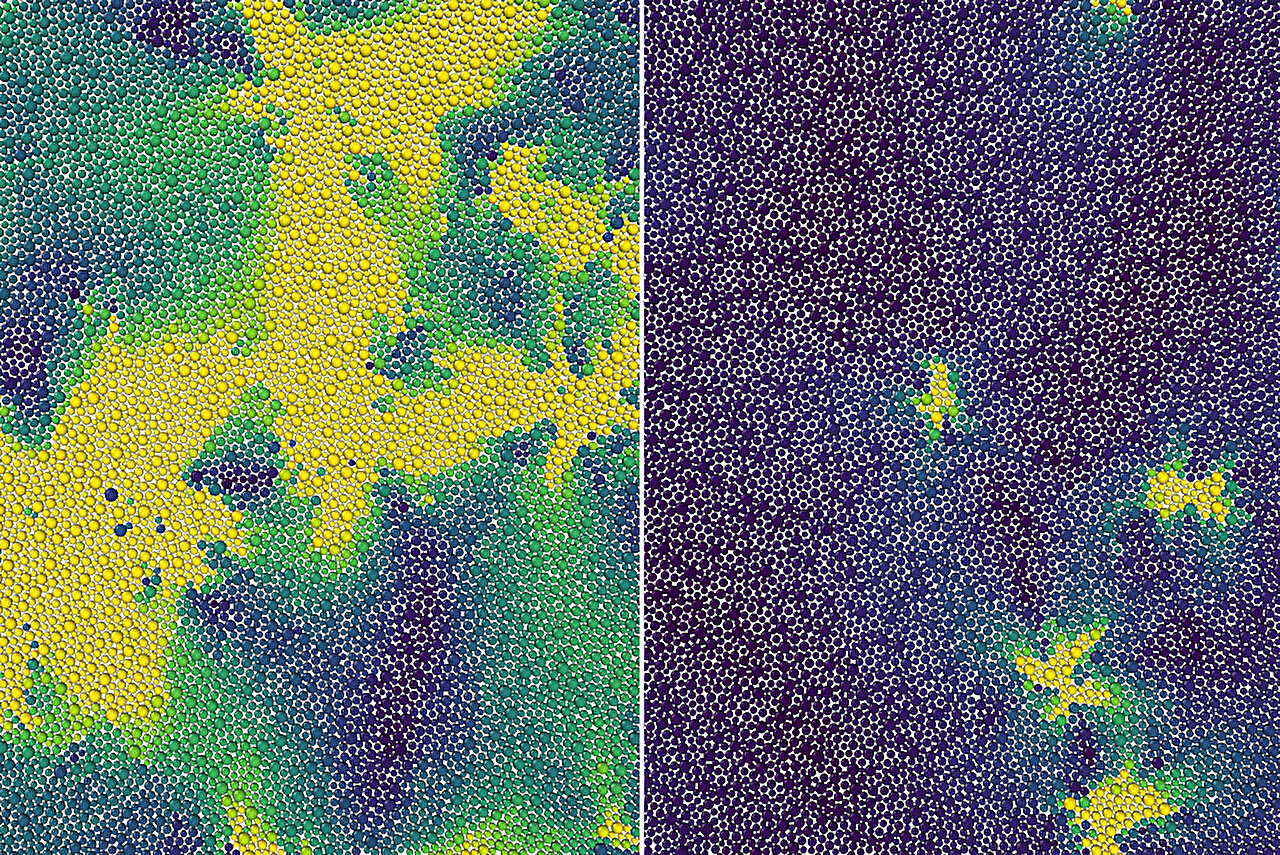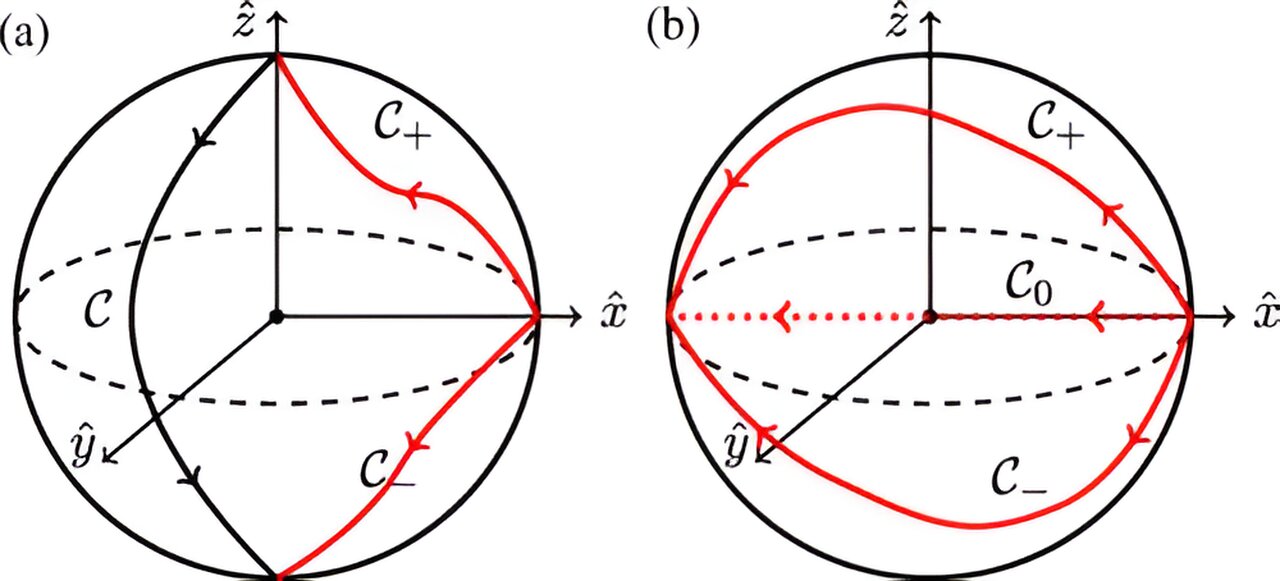Did you know that plastic and glass are considered amorphous materials? Unlike crystalline solids, these materials never form crystals when cooled. Instead, they remain in a supercooled liquid state, flowing extremely slowly.
But how do these “glassy dynamic” materials become rigid at the microscopic scale? This has puzzled scientists for a long time.
Well, researchers at the Department of Energy’s Lawrence Berkeley National Laboratory have made a breakthrough. They have discovered a hidden phase transition between a liquid and a solid in supercooled liquids. This understanding could lead to the development of new amorphous materials for medical devices, drug delivery, and additive manufacturing.
Using theory, computer simulations, and previous experiments, the scientists explained why molecules in these materials remain disordered like a liquid until they reach a certain temperature called the onset temperature. At this temperature, the molecules become so viscous that they barely move, transitioning into a solid-like state. This onset of rigidity is a previously unknown phase transition that separates supercooled liquids from normal liquids.
“Our theory predicts the onset temperature measured in model systems and explains why the behavior of supercooled liquids around that temperature is reminiscent of solids even though their structure is the same as that of the liquid,” said Kranthi Mandadapu, a staff scientist at Berkeley Lab and professor of chemical engineering at the University of California, Berkeley.
In their proposed theory, the researchers treated excitations in a 2D supercooled liquid as defects in a crystalline solid. As the temperature increased to the onset temperature, they suggest that bound pairs of defects broke apart into unbounded pairs, causing the system to lose its rigidity and behave like a normal liquid.
This theory and simulations also captured other key properties of glassy dynamics, such as the observation that a few particles move while the rest of the liquid remains frozen over short periods of time.
Mandadapu and his colleagues believe they can extend their model to 3D systems and further explain how localized motions lead to nearby excitations, resulting in the relaxation of the entire liquid. This could provide a consistent microscopic picture of how glassy dynamics emerge.
“It’s fascinating to examine why these supercooled liquids exhibit remarkably different dynamics than regular liquids,” said Mandadapu.








